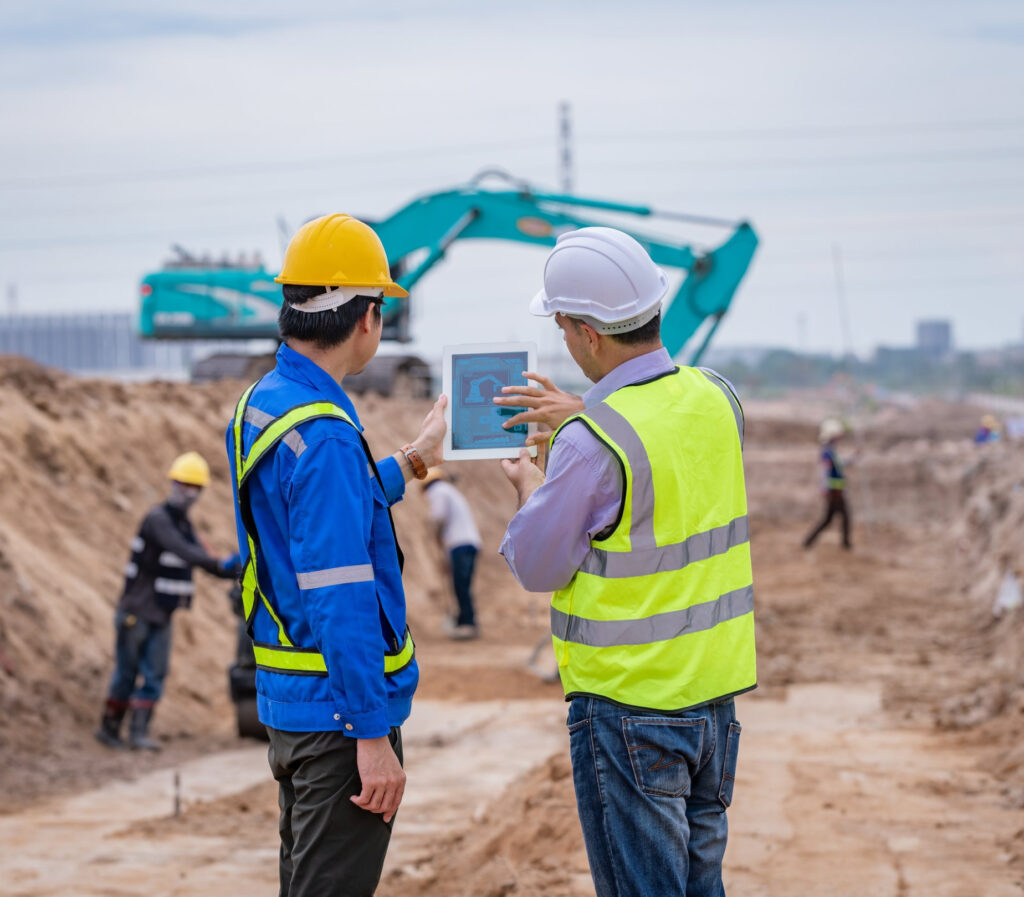BIM for Construction, Logistics and Bidding

BIM enhances construction-related processes by providing an integrated and data-rich environment for planning, coordination, and execution. The accurate representation of the project, coupled with real-time data integration, supports informed decision-making, efficient resource utilization, and effective communication.
BPS Planung boasts a proven track record and extensive expertise in utilizing BIM for construction projects. With years of experience in the industry, we have successfully integrated BIM methodologies into various stages of construction, from planning to project execution and management.
By employing advanced BIM technologies like 4D and 5D BIM as well as advanced on-site management tools, we have achieved significant benefits for our clients, including improved cost control, optimized construction schedules, accurate quantity take-offs, risk management and seamless communication among project stakeholders.

Construction
BIM supports the development of detailed construction schedules by visualising the construction sequence in a 4D model. This helps construction managers and teams better understand the project timeline, identify potential clashes, and optimise the construction sequence for efficiency.
BIM Models centralise and manage project documentation, including design drawings, specifications, and contracts. This streamlines access to critical project information.
Models can be updated live to reflect the actual progress of construction. This supports accurate progress tracking, helping construction managers monitor project milestones and report to stakeholders.
Models are used to simulate construction processes and identify potential safety hazards. Construction managers can proactively address safety risks and implement safety measures to protect workers.

Logistics
Models include information about site boundaries, access points, and existing infrastructure. This allows construction teams to plan equipment layout, materials storage areas, and temporary facilities to maximise efficiency and minimise congestion.
Construction sequences can be visualised to show how different components will be erected. This helps logistics teams anticipate where materials will be needed at specific times, optimising delivery schedules and minimising on-site storage requirements.
BIM model data can be used to track material quantities, specifications, and delivery schedules, helping ensure that suitable materials are available at the right time.
Integrating BIM with real-time data can enable construction teams to monitor site progress, coordination and logistics execution, making necessary adjustments as circumstances change.

Bidding
BIM-enhanced procurement streamlines the bidding process by providing detailed information to potential suppliers. This allows for more accurate and competitive bids.
BIM’s scheduling capabilities allow procurement teams to align material deliveries with construction needs, minimising on-site storage and optimising efficiency.
BIM models can be used to track the performance of different suppliers based on the quality of materials and timely deliveries.
BIM-enhanced procurement supports efficient vendor management by providing a clear overview of the materials and components supplied by different vendors.
Procurement teams can negotiate better terms with suppliers by leveraging accurate and detailed information from the BIM model.
